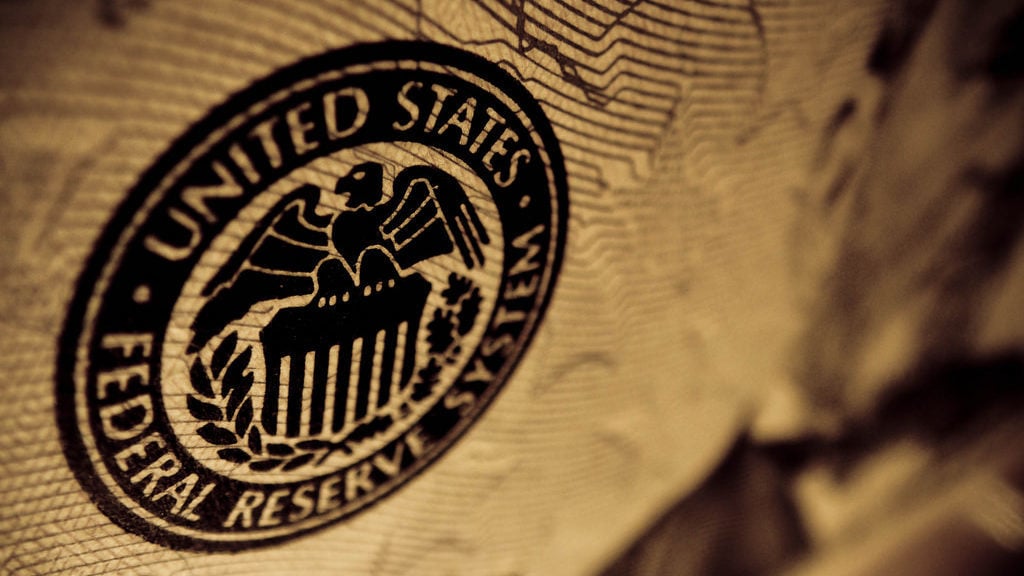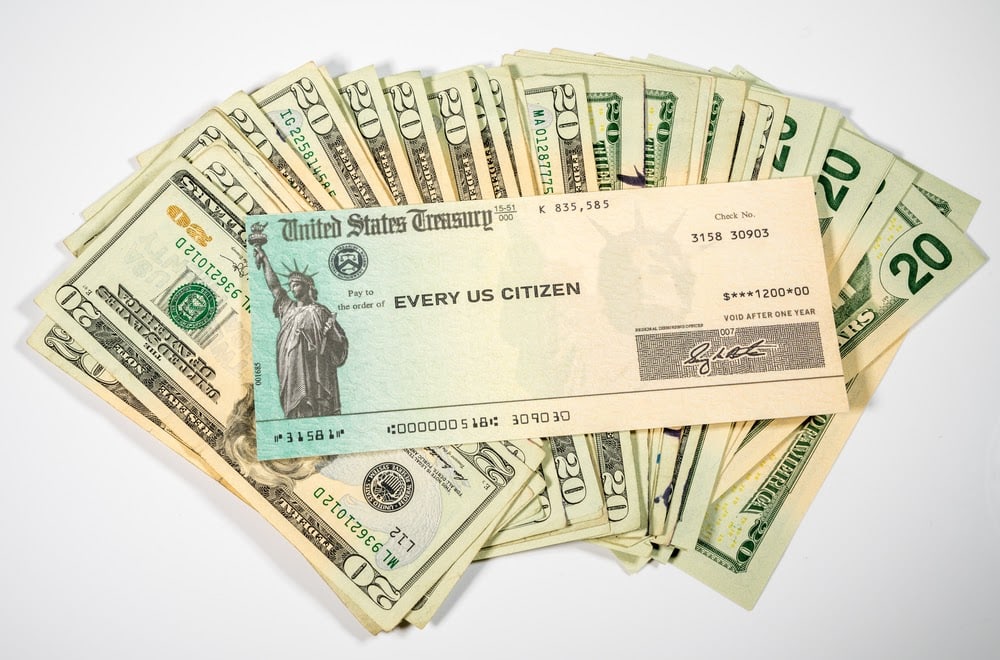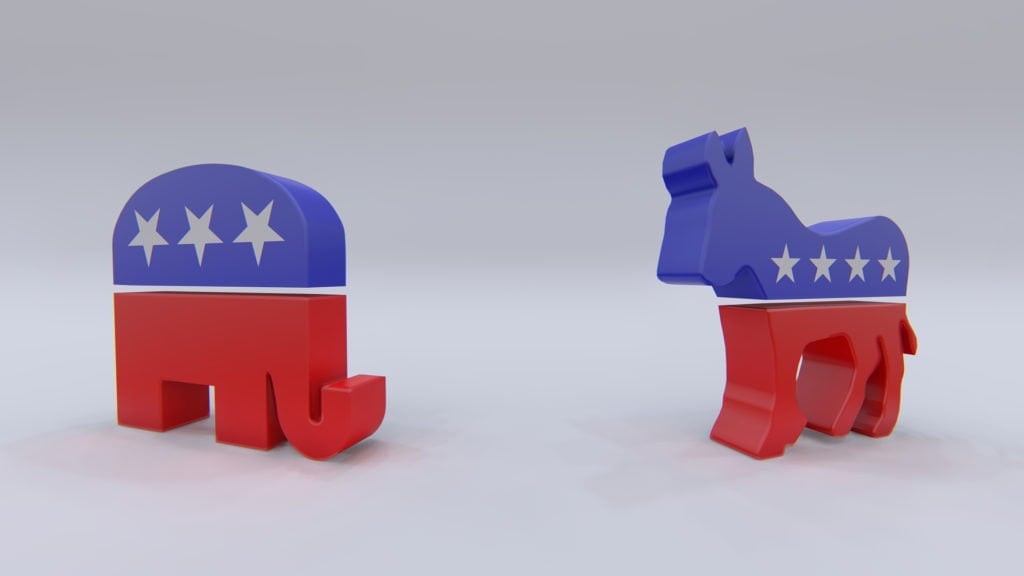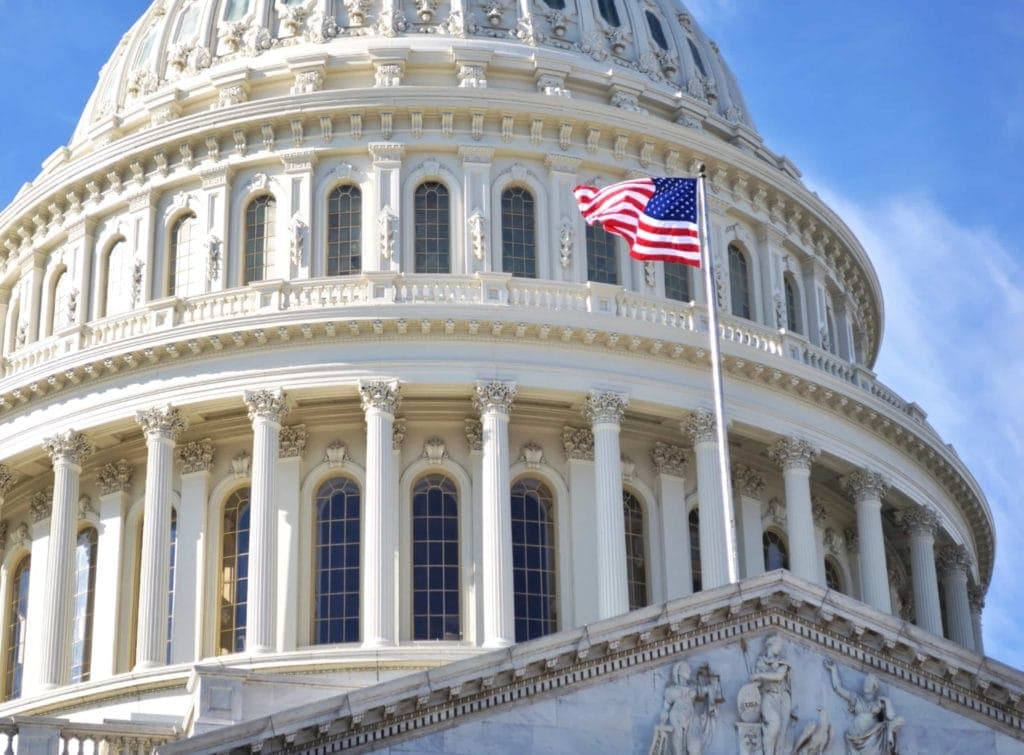I have been an advocate for seniors since my mother's heart attack made me an extremely unprepared caregiver, and have seen firsthand how devastating it can be for a family to see their loved one decline not only from a physical and emotional standpoint, but also from a financial standpoint as well.
This financial decline affects not only the senior, but the families of the adult children who have to care for them.
Adult children often have to take more time off from work, sometimes downgrade from full-time to part-time status (or even quit jobs entirely) and may come to bear the costs of home health aides, stair lifts, wheelchair ramps and other durable medical equipment to care for their aging parents.
But the larger financial burden falls on the seniors themselves. And in this, I am NOT going to refer to assisted living or nursing home costs, which can be in the tens of thousands of dollars a month. And that is because there is a movement through the country, known as "Aging-In-Place."
The concept behind Aging-In-Place is to allow seniors to live independently on their own as long as possible by providing them with adaptive technologies, such as stair lifts, lift chairs, walk-in showers, etc. . . . to avoid going to assisted living or a nursing home as long as possible.
With costs for nursing homes and assisted living facilities upwards of $15,000 a month for some areas of the country, the Aging-In-Place movement can save the government hundreds of billions of dollars over the coming decades as 76,000,000 baby boomers turn into senior citizens and will need access to these technologies.
And while there are many organizations seeking to assist seniors in this regard, such as AARP and the Aging-In-Place Council, from a financial standpoint there is one organization that is hurting seniors severely and making it more difficult for them to live on their own . . .
. . . and that is the Federal Reserve.
Why do I say this?
For the last 20 years, the Federal Reserve have kept interest rates artificially low, so low that they have been at zero percent. And there is currently talk of negative interest rates in the near future 1.
What does this mean?
It means that for those who are looking to live off of their savings as they retire, they are losing money. Even the best CD's are offering about 1.5 percent on your money 2 and 30-year U.S. Treasury bonds are around 2.5 percent3 as I write this.
How does this hurt seniors?
With a current inflation rate in the U.S. of 1-2 percent4 depending upon how it is calculated, we are leaving our most vulnerable to fall behind and losing the earning power of their life savings year after year.
And if the Fed goes to negative interest rates this loss of earning power will only accelerate, widening the gap between the haves and the have-nots in our society.
Sources:
1-http://finance.yahoo.com/news/feds-janet-yellen-mulls-negative-interest-rates-183711629.html
2-https://www.nerdwallet.com/rates/cds/best-cd-rates
3-https://www.treasury.gov/resource-center/data-chart-center/interest-rates/Pages/TextView.aspx?data=yiel
4-https://www.statbureau.org/en/united-states/inflation








